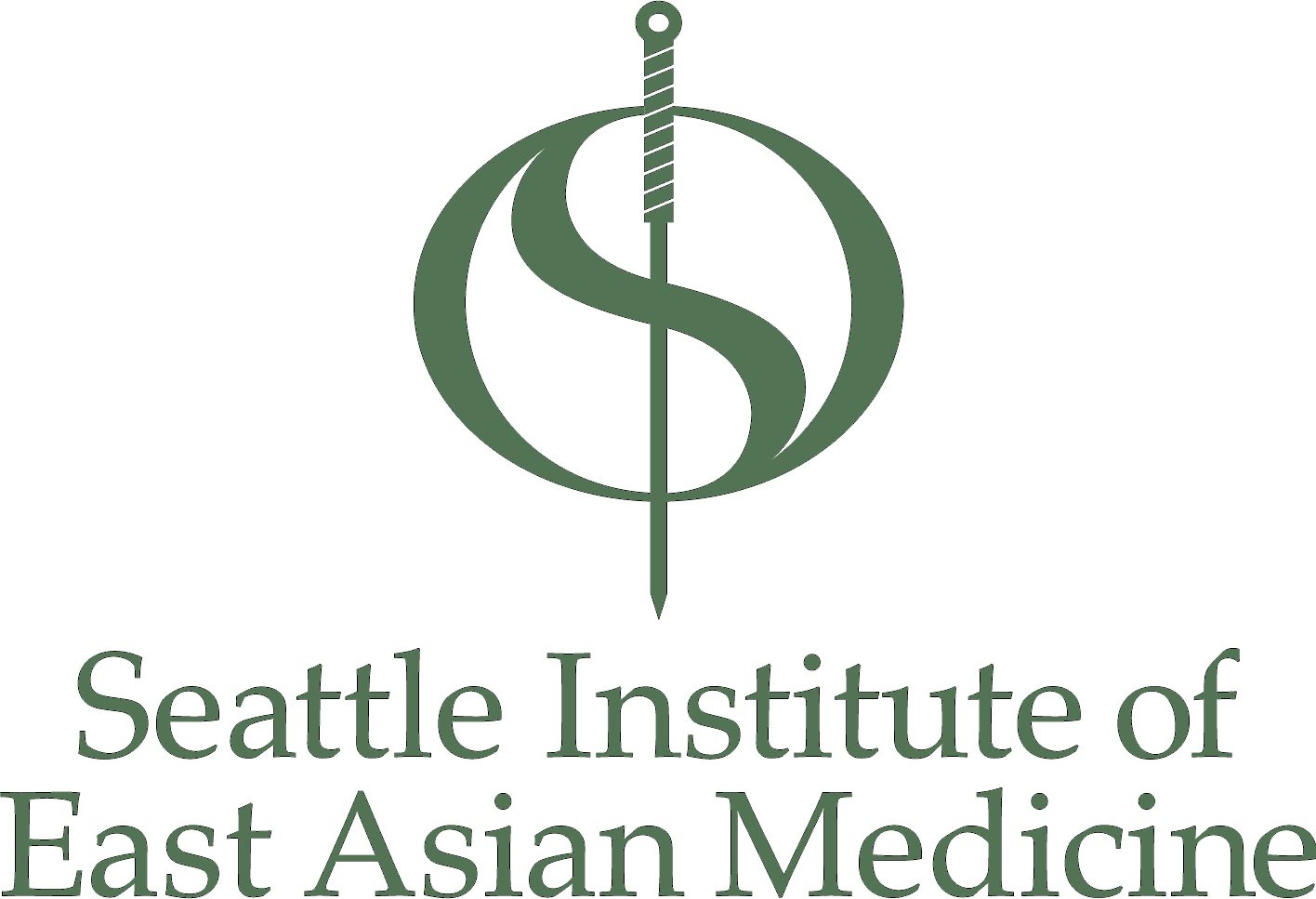Why Practice East Asian Medicine?
Reflections after attending a lecture by SIEAM co-founder Dan Bensky
Written by Kathy Taromina, Academic Dean at SIEAM
Why Practice East Asian Medicine?
Recently I had the pleasure of attending a lecture by one of the founders of the Seattle Institute of East Asian Medicine (SIEAM), Dan Bensky. The lecture was about the relevance and importance of palpation methods in assessing and treating our patients. In illustrating his points, he also took time to reflect on the benefits of being a practitioner of East Asian Medicine (EAM). These ideas were presented in the context of why someone should choose to practice EAM. I found his ideas extremely thought-provoking and likely of interest to those interested in entering the field of EAM.
The most important reason we should choose to practice EAM was the first one he gave us. And one that all of us who practice or who are patients of EAM know to be true.
It helps patients
He reminded us that the medicine helps patients because it is remarkably effective. It is also relatively simple to provide EAM care (we do not need lab testing or special facilities) and delivery of our medicine is inexpensive. EAM is often useful for the treatment of conditions where conventional medicine approaches have either not worked or do not exist.
It benefits us to practice EAM
Dan proposed that practicing EAM is a source of self-cultivation for the practitioner of the medicine. He pointed out that by virtue of the manner in which we practice, we tend to appreciate and care for all human beings more deeply over time. I considered that the nature of EAM practice, even as it has evolved over time, has retained the same fundamental principle for more than 2000 years. We still consider each patient as an individual with unique characteristics and circumstances that will inform how we develop our treatment plan. And in working through each patient in this way, we generate compassion for the human experience that acknowledges the patient’s whole story and their personal experience of it all.
EAM education and practice relies heavily on ancient texts. Some of these texts are a source of study and reference for even the most seasoned practitioner. Which is a remarkable thing. Dan suggested that practicing EAM connects us to and allows us to communicate with people from the last two millennia . When I listened to Dan’s ideas about this, I was immediately reminded of the start of the pandemic when a novel virus swept the globe with no treatment available. All over the world, EAM practitioners and scholars relied on these ancient texts for guidance on how to help their patients. Within those pages written centuries ago, we connected with the experiences of those practitioners, learned from them in real-time and in turn have left behind our experience to help guide those practitioners yet to come.
Dan also suggested that EAM practitioners need to cultivate the ability to pay attention and to develop flexibility in our thinking in different ways. We cannot practice this medicine effectively if we cannot pay attention. Dan explained that paying attention means remaining open at all times. He reminded us that EAM allows us to view patients and their problems from multiple perspectives. Cultivating the ability to have flexibility in our thinking includes being open to utilizing different assessment methods and treatment approaches at all times. It is how we are able to generate an individualized treatment plan from countless combinations of acupuncture points and herbs and apply a wide range of needle techniques and other modalities as needed.
I have been considering the ways in which cultivating the ability to pay attention and have flexibility in our thinking provides us benefit outside the treatment room. The knowledge and awareness that I have from studying and practicing EAM informs my understanding and experience of the world around me every single day. It makes sense that this understanding would come from the synthesis of concepts we learn through the study of EAM and the cultivation of paying close attention to big and small details simultaneously, like we do with our patients in clinical practice.
The last and maybe the most thought-provoking observation he made was to describe how our everyday work transcends the self. He spoke of an innate and ongoing sense of responsibility that EAM providers must have for our actions (inside and outside the clinic). It occurs to me that we engage our everyday work with the intention of alleviating suffering and contributing what we can to promote the well-being of our patients and communities. In maintaining a consistent personal code of ethics and putting the wellbeing of others into every decision we make, we can transcend the self.
And Dan suggests to us that doing activities that transcend the self makes life worthwhile.
